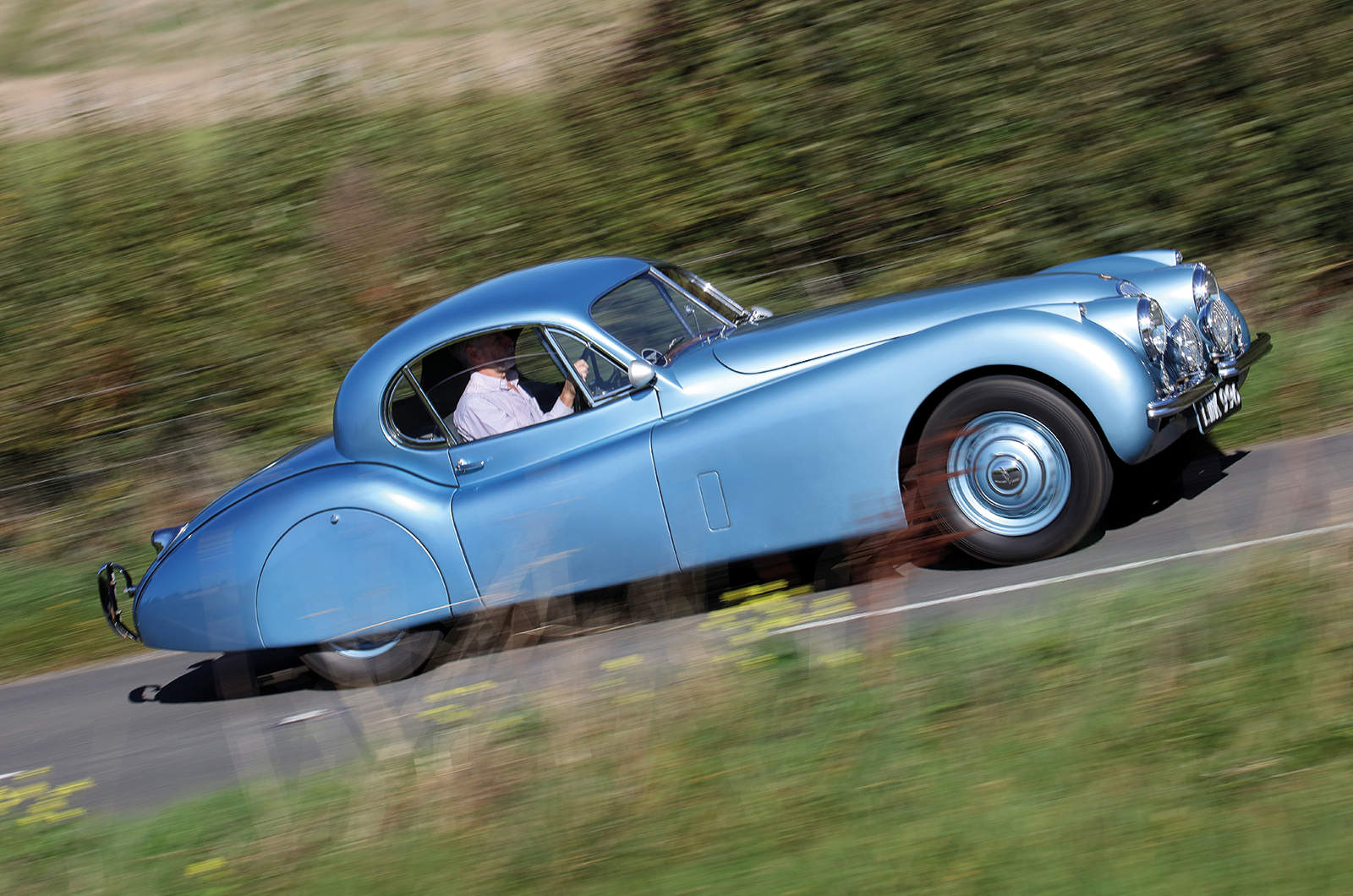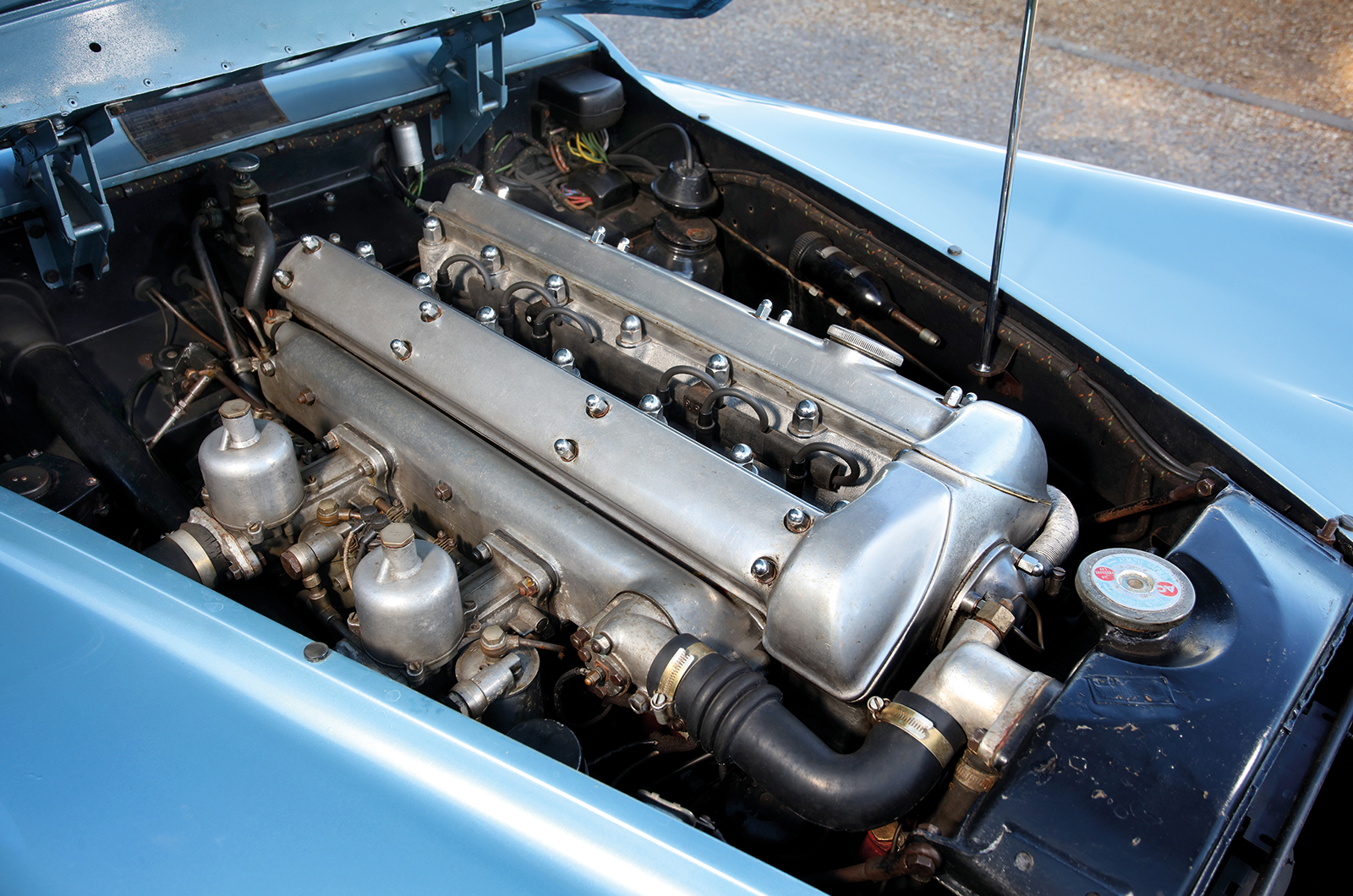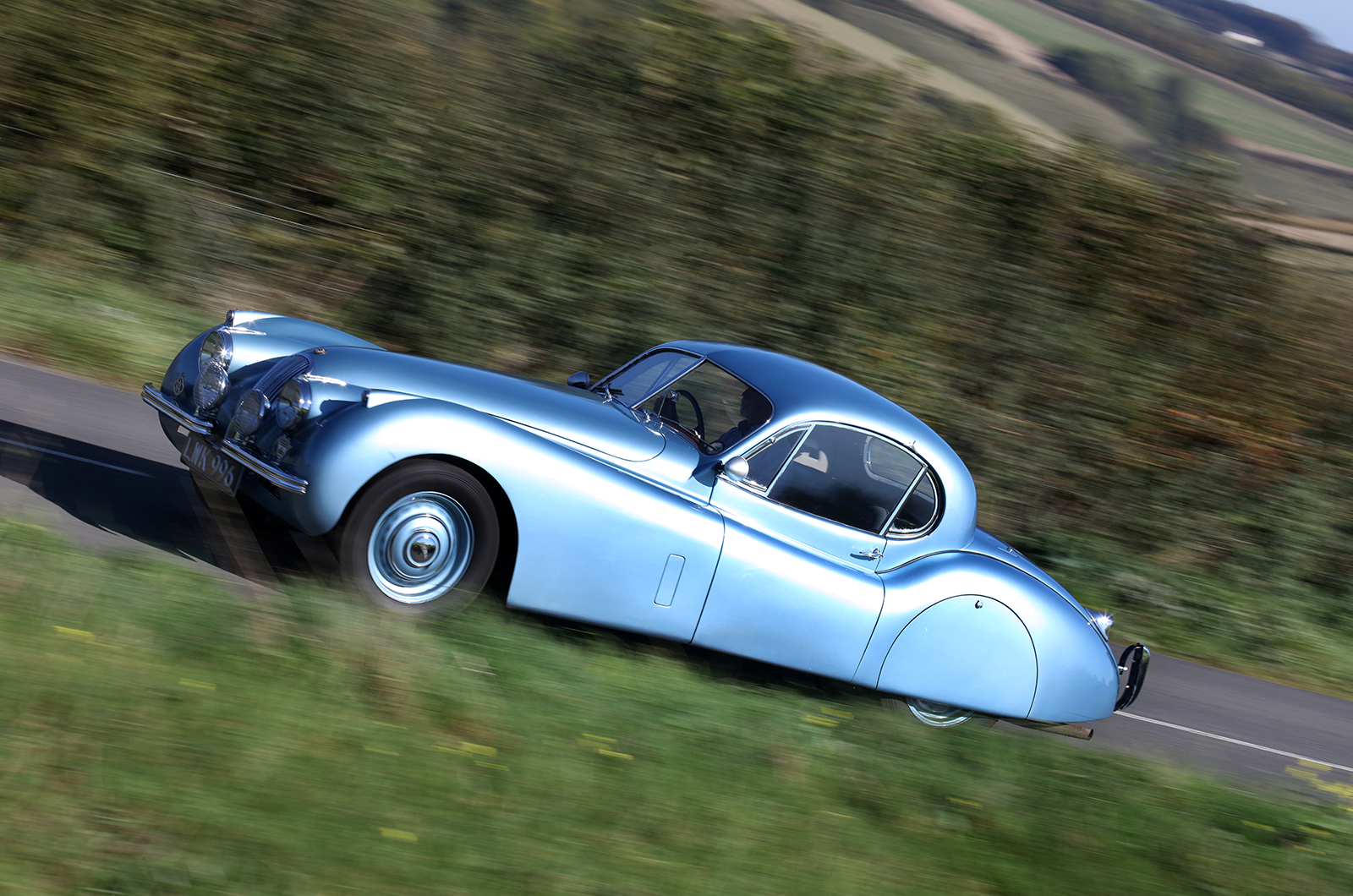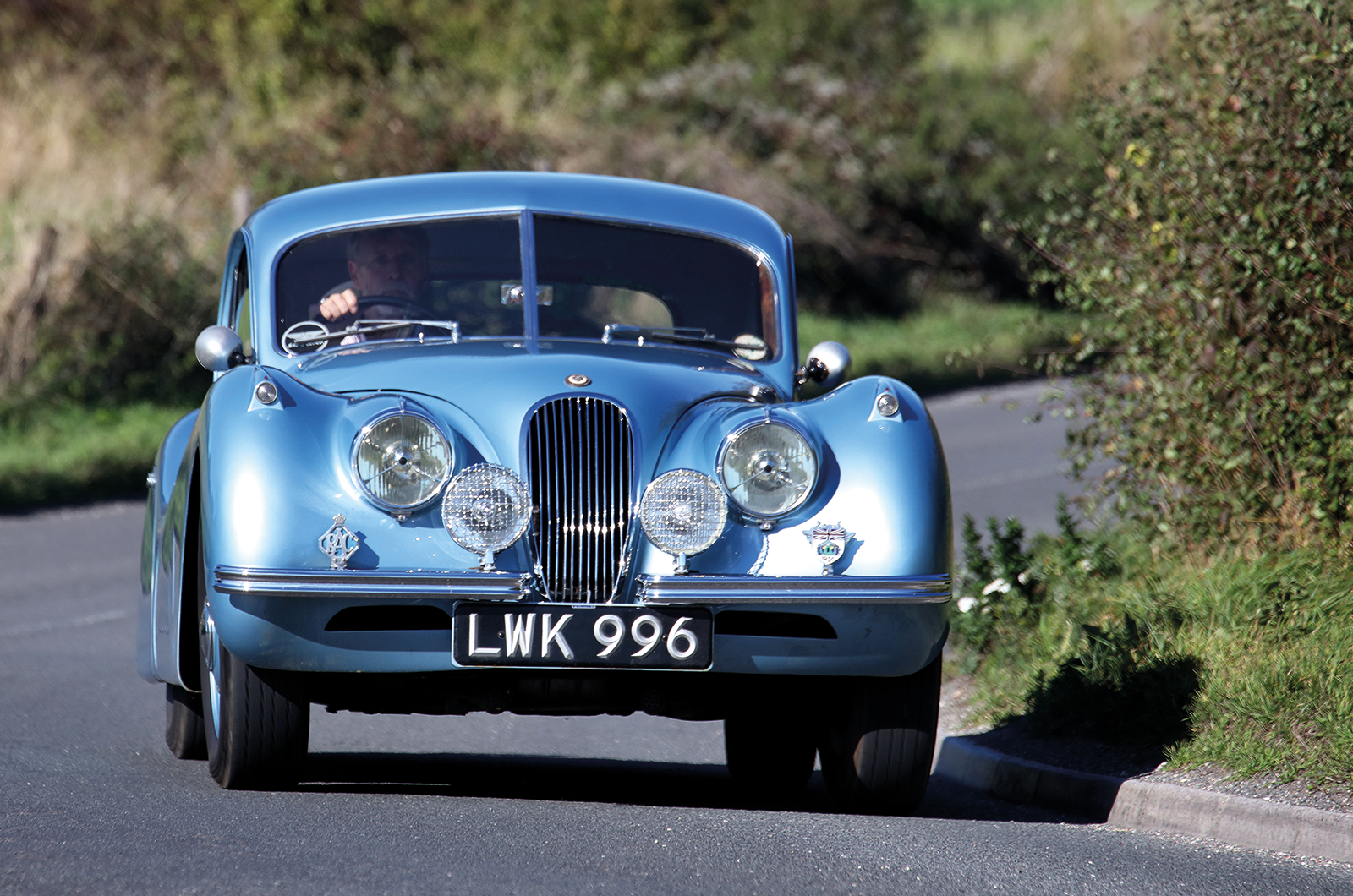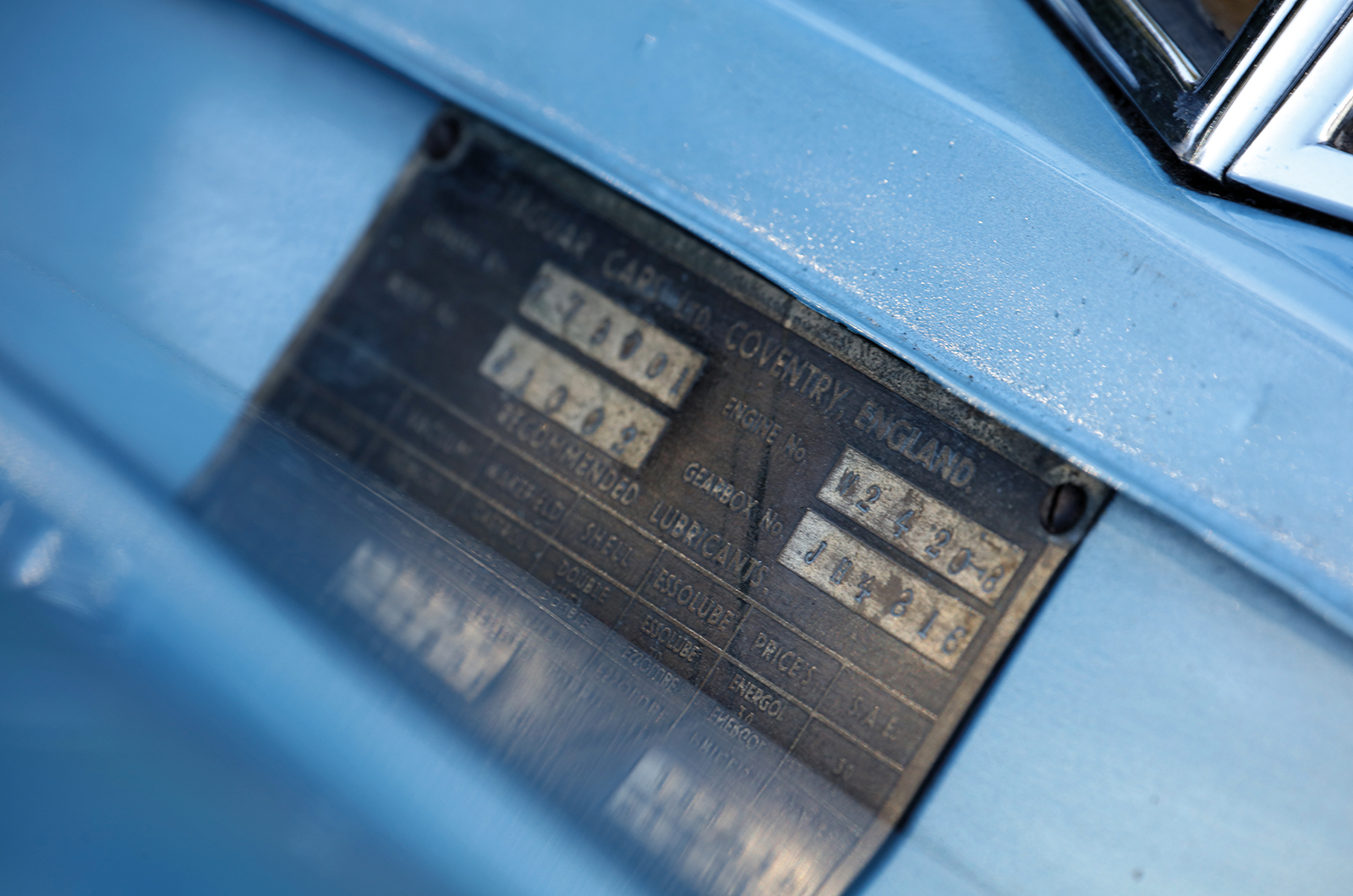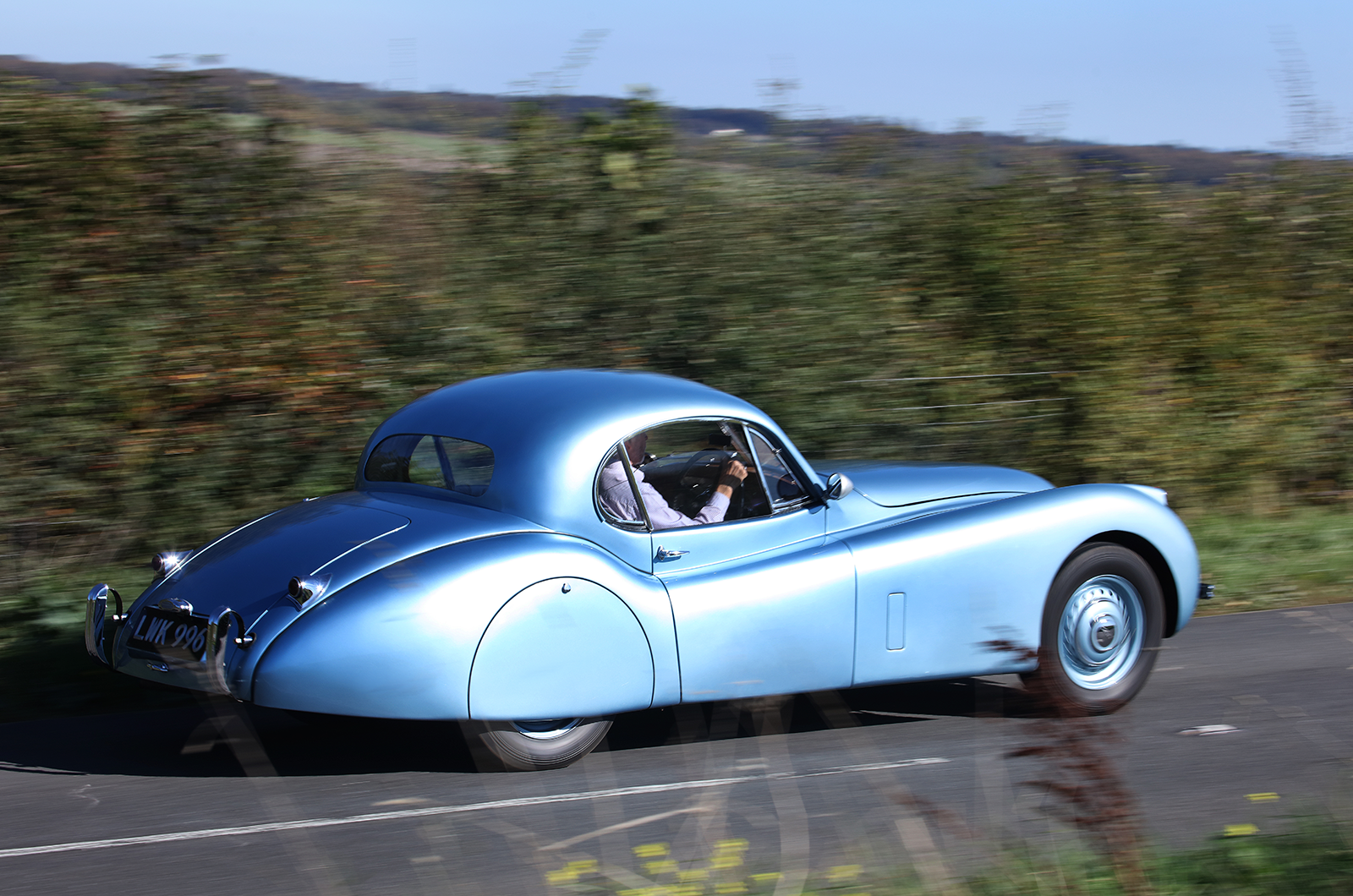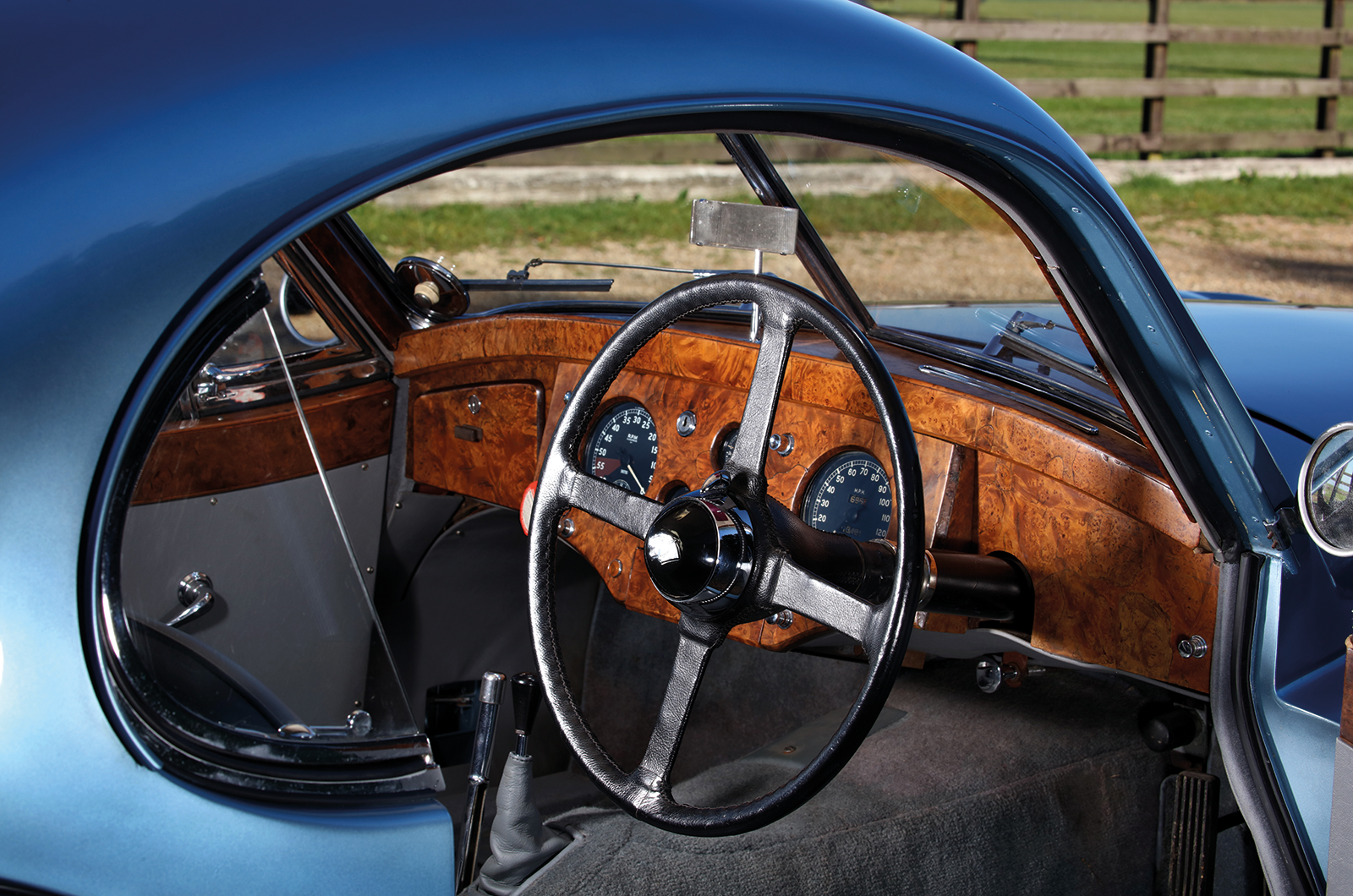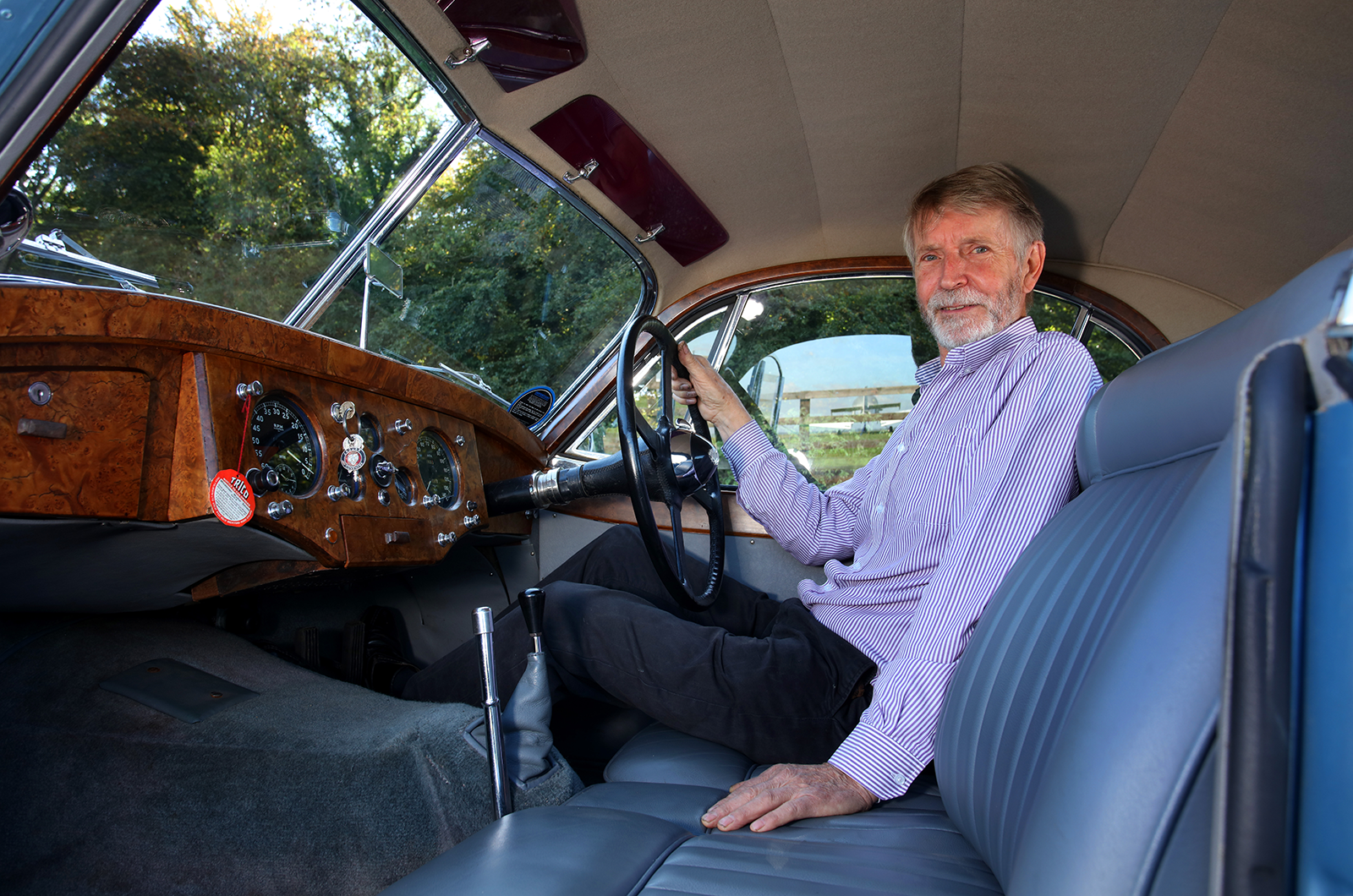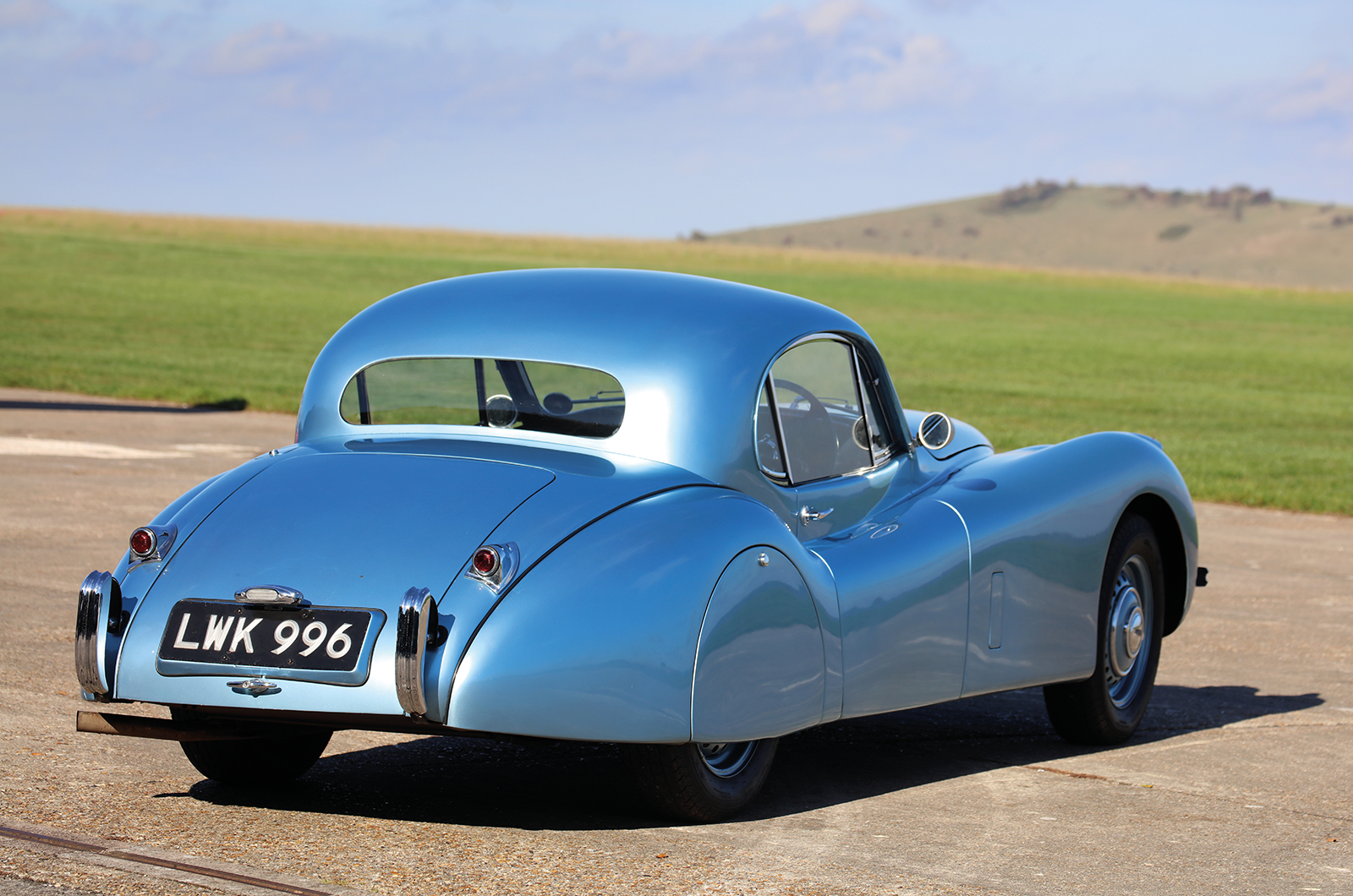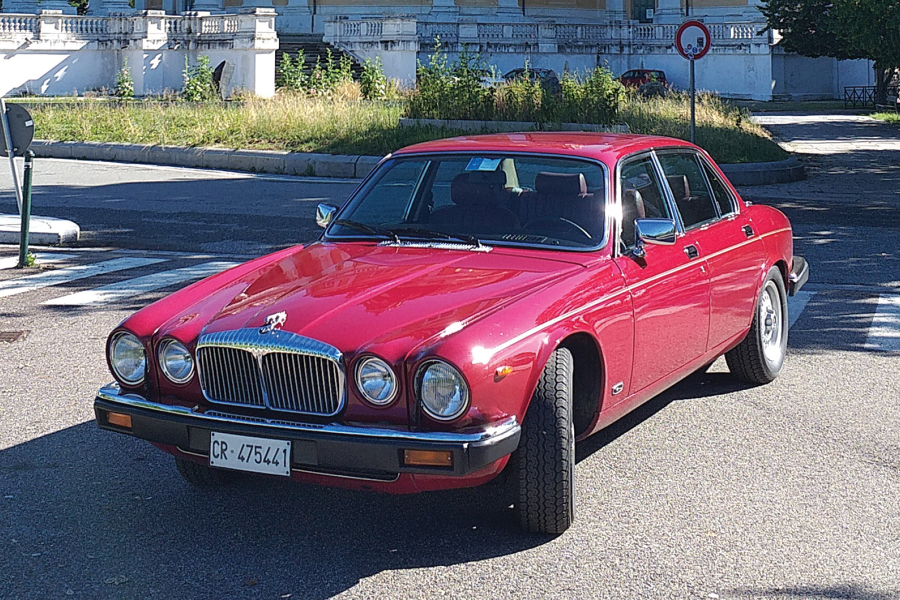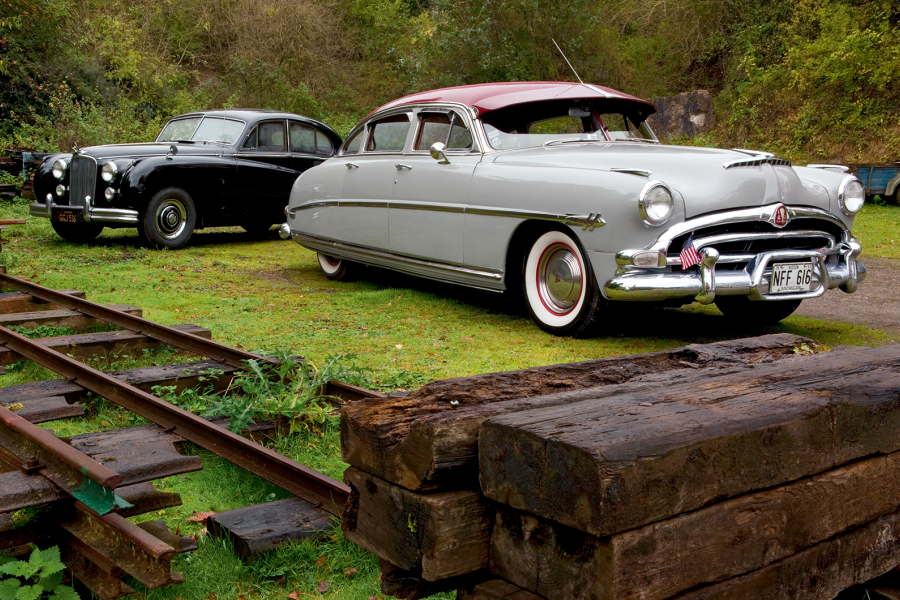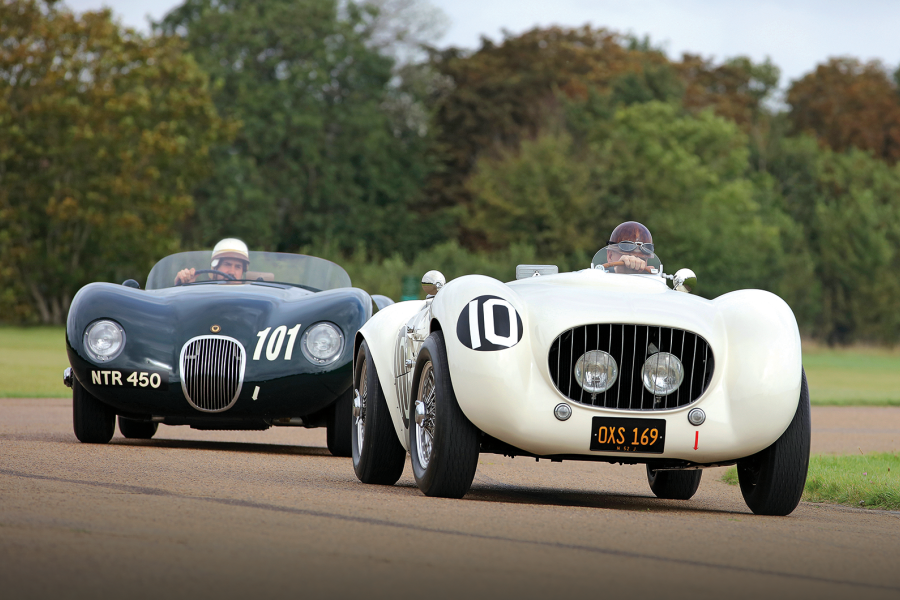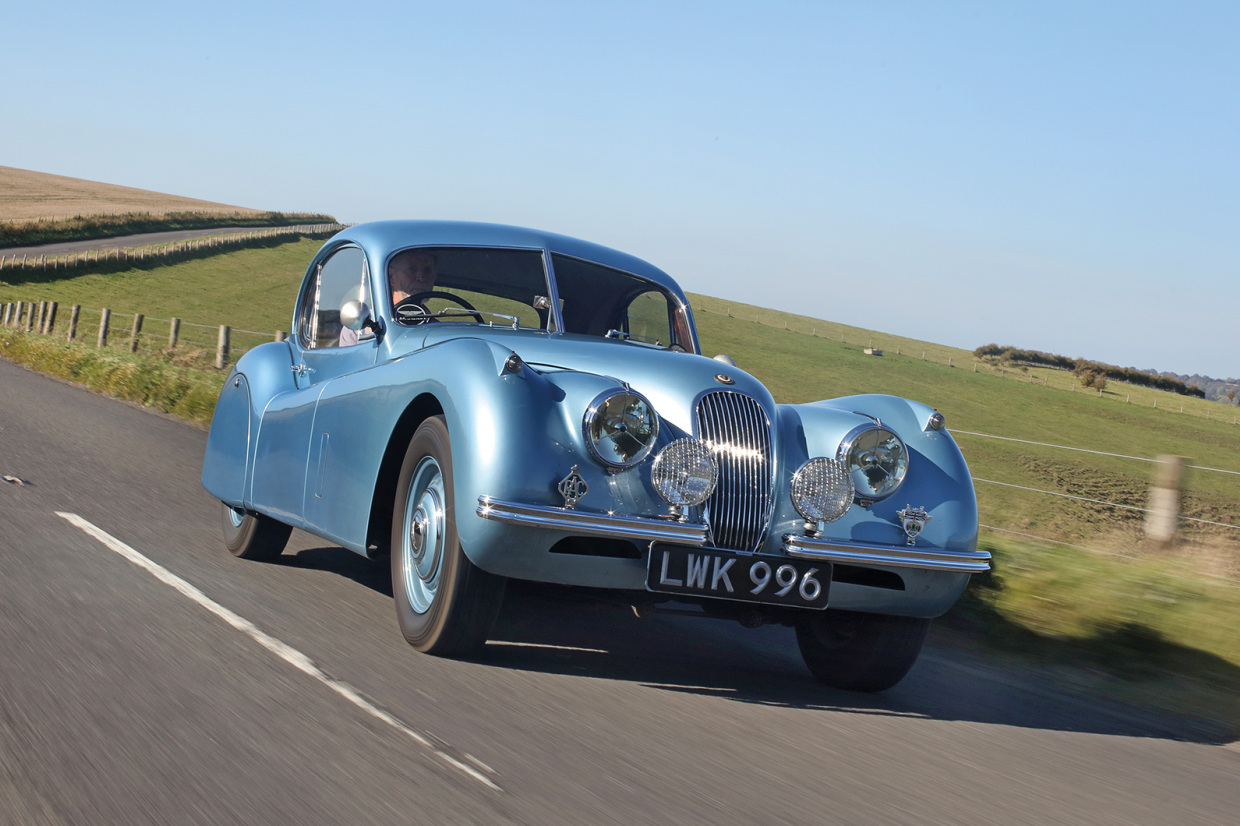
There are many more famous Jaguars, but few more intriguing than the original XK120 fixed-head coupé...
Few cars have made such a striking impression on the world of motorsport, the public consciousness and the future success of their manufacturer as the Jaguar XK120.
Formed around the now-legendary XK engine, itself forged in the Swallow Road works beneath the searchlights of the Blitz, the groundbreaking ‘Jaguar Super Sports’ captured both the zeitgeist and the growing obsession with technological advancement.
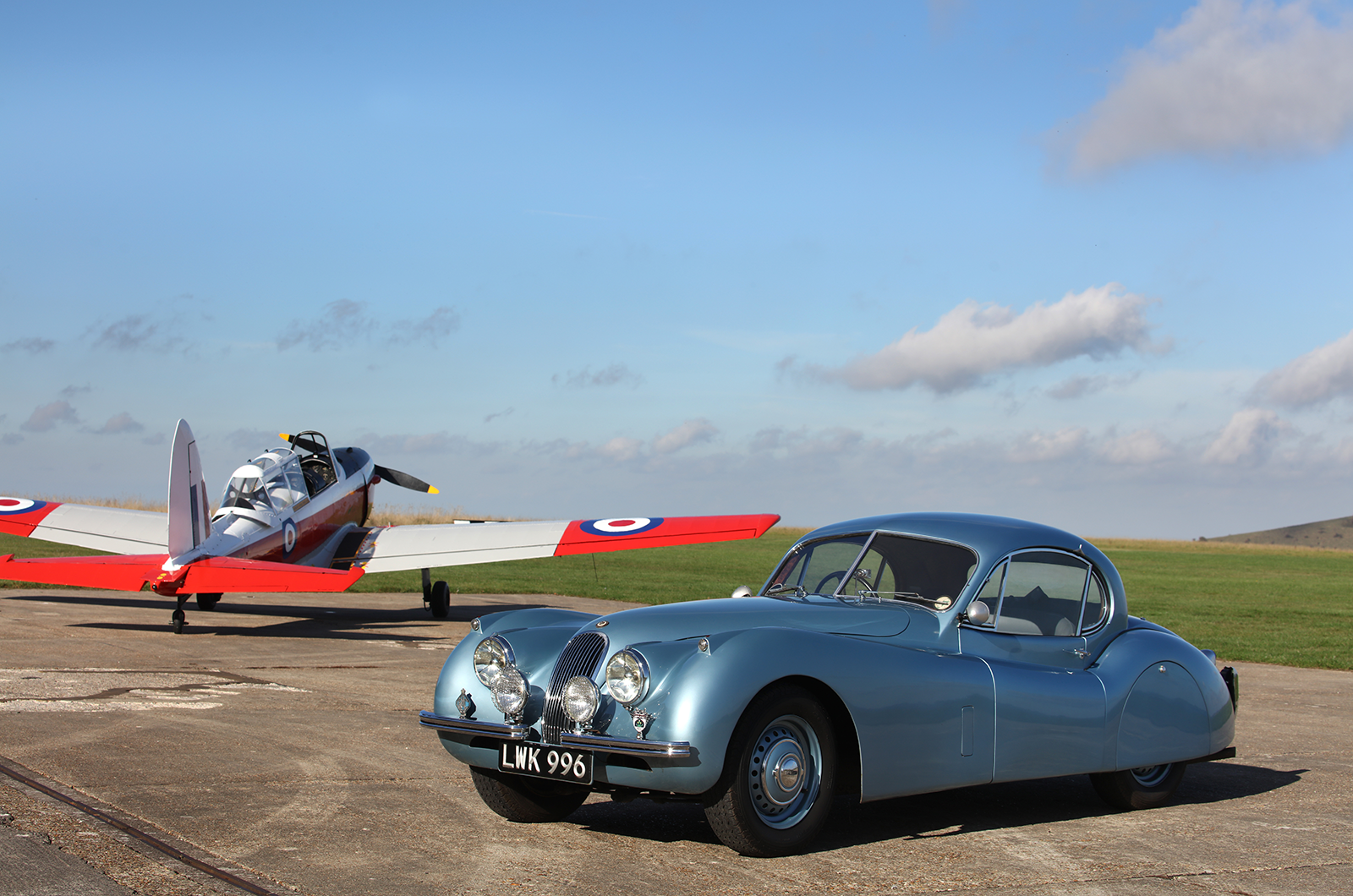
Just a few years of conflict had brought about the transition from piston-engined planes to jet fighters, the splitting of the atom and the development of radar.
Such leaps influenced people’s expectations of their sports cars, which went from being toys for wealthy gentleman drivers in the 1920s and ’30s to serious performance tools.
Jaguar capitalised better than most in the post-war years, stealing the show at Earls Court in October 1948 with a sleek and powerful design that blew away the competition in all areas, from its sexy modern looks to record-setting performance – at a price that made it near-irresistible.

